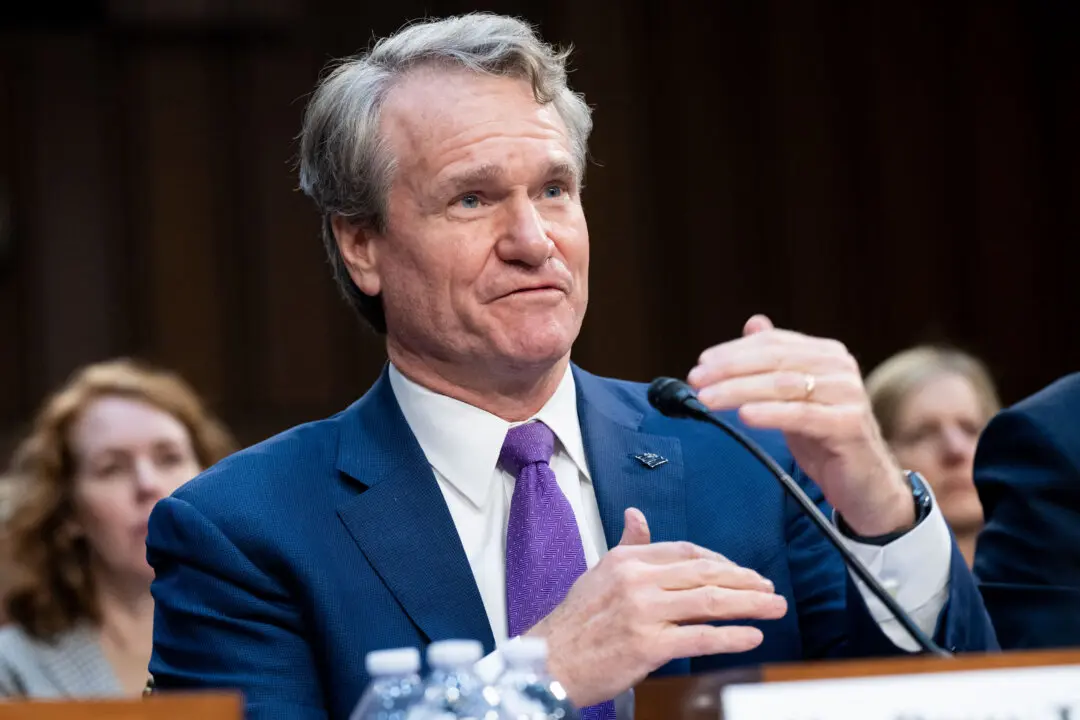Goldman Sachs said in a note that recent stock battering is likely a correction within an ongoing secular bull cycle and that the depth of selloff has not yet plumbed the bear market “danger zone.”
“While it has not reached danger zone levels that typically precede a bear market (a fall of at least 20 percent), it has reached levels which have typically been consistent with corrections and relatively low returns over the next one and five years,” the Wall Street investment bank said in the Jan. 25 note.





